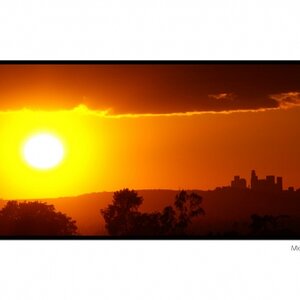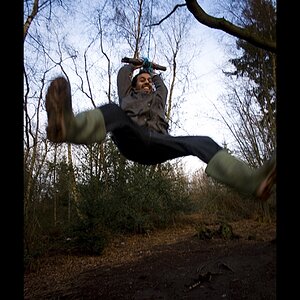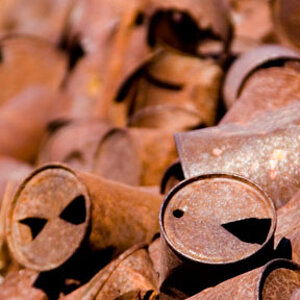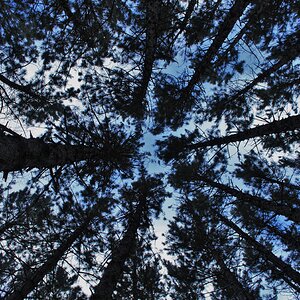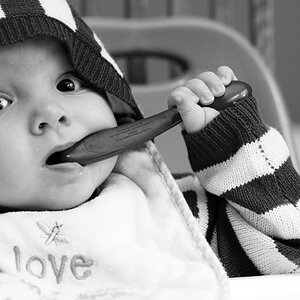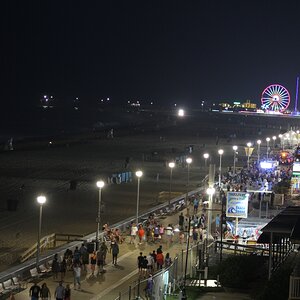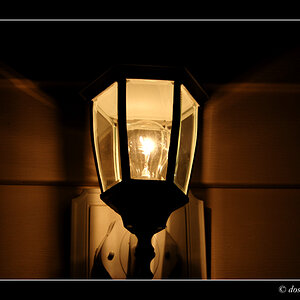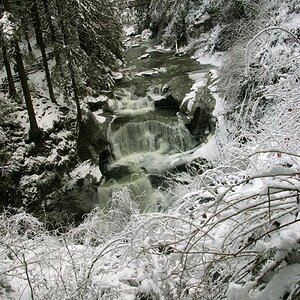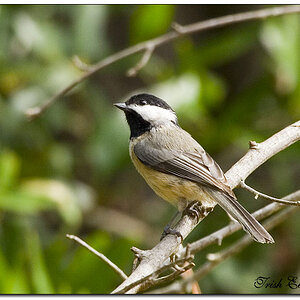Tim Tucker
No longer a newbie, moving up!
- Joined
- Mar 23, 2015
- Messages
- 660
- Reaction score
- 579
- Can others edit my Photos
- Photos NOT OK to edit
Besides if you use dof equivalence as a guide for f-stop then it follows that you must then use sensor size as part of your exposure calculation when the determination for exposure is light per sq mm.
I actually like his formula. It lets someone know when shooting a pea-shooter 1" sensor, that even at f/2.8, they're going to end up with a background blur more in line with a full-frame at ~f/8.
It's a pretty good rule of thumb that actually does work.
I don't doubt that it works, but then there are a lot of very symmetrical relationships in the whole system. I just don't see how ff suddenly became the benchmark, the constant used to be f-stop and now it's ff to which things are equivalent. What if you don't have a ff camera and have no experience with one how does the comparison help there?
Ignoring the enlargement factor you could say that all 50mm lenses at f2.8 have the same dof characteristics regardless of format. There's a constant right there that doesn't distort the f-stop, and also makes the dof indicator scales on my MF Nikkors quite handy.


